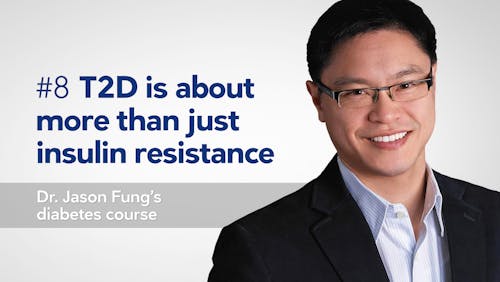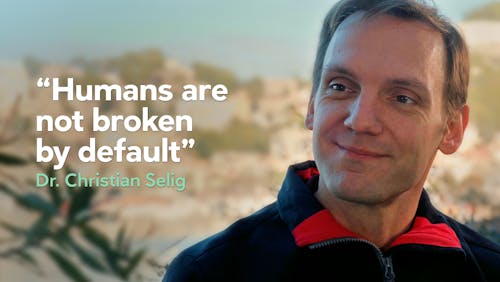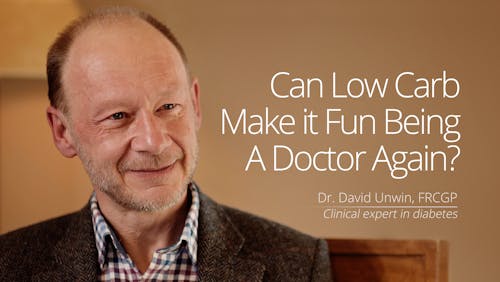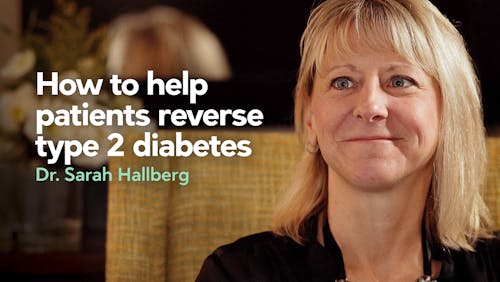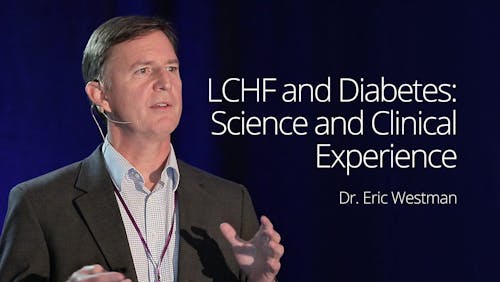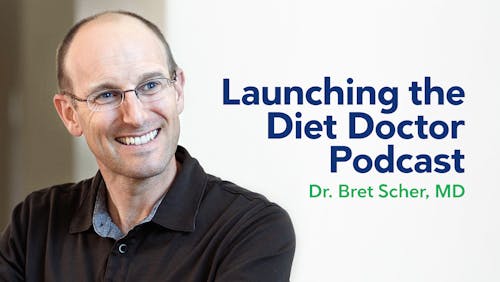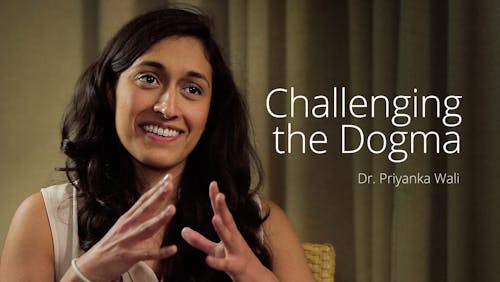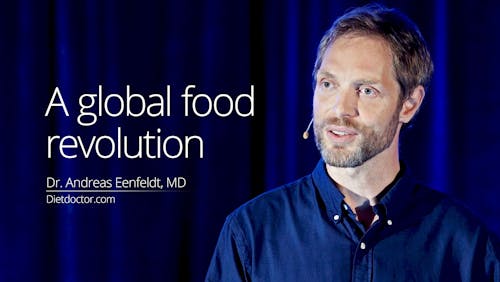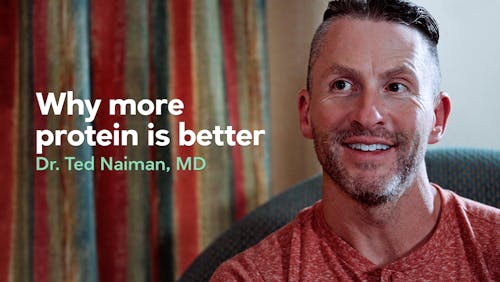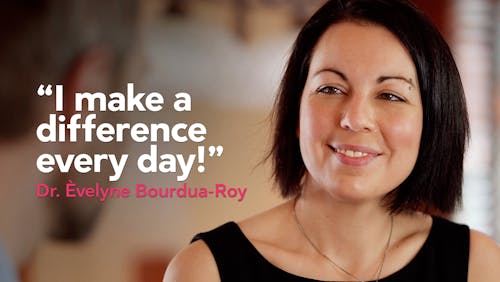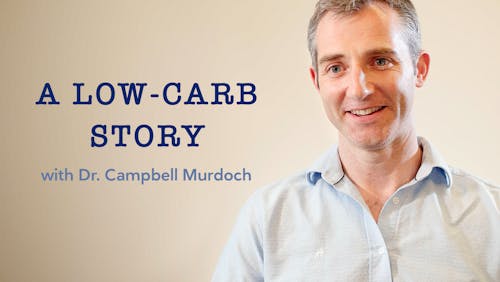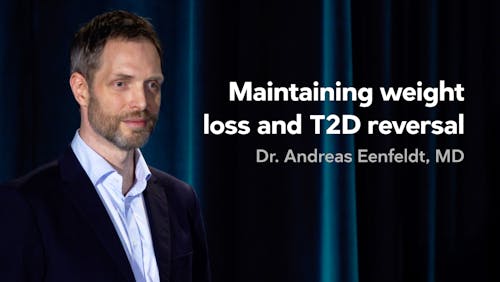Low carb and me – my journey as a GP
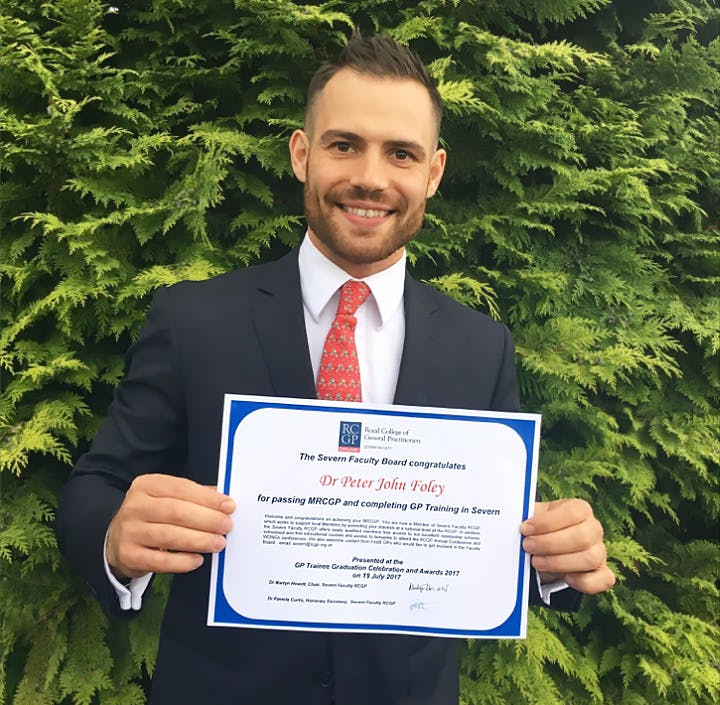
The doctor of the future will give no medication, but will interest his patients in the care of the human frame, diet and in the cause and prevention of disease.
– Thomas Edison
I am a third generation GP, born and raised in Ireland and living in Bristol, U.K. During my medical school years, I was interested in a career as an orthopaedic surgeon, where I hoped to combine my passion of sport with medicine. Having been exposed to the real world of practicing medicine as a junior doctor, I soon realised that my true passion was in the promotion of health and in preventing illness.
A career as a GP would allow me to serve a community, just as my father and grandfather had done before me. What excited me about this was the ability to get to know a community and treat their everyday concerns, which a career as a surgeon would never be able to offer me. I decided to combine my passion for medicine with my passion for sport, and studied for a Sport and Exercise Medicine degree alongside my Specialist Training in General Practice in the U.K. I am currently practicing as a GP and in my research phase of my MSc in Sports Medicine.
Carb sensitivity
When I think back, I can remember feeling lethargic and sluggish after certain meals throughout my school years, where I would often feel as though I needed to go to bed in the afternoon rather than go to class or play sport. This continued throughout medical school, where I would often feel as though I needed a sleep on the medical wards after lunch!
More recently, I would often be lethargic as I drove to work in the morning, just after having what I though was a healthy breakfast. Of course I now know that I was experiencing sugar crushes, but at the time I didn’t know what was happening. Was I eating enough? Did I need more sugar in my food… imagine!
Nutrition experience
Throughout medical school, and as a practicing doctor, my lifestyle advice followed that of the mainstream: “Eat less and do more”. “Eat foods low in fat and try to follow the food pyramid or the eat well plate”. “You need to think of calories in and calories out”. In fact this was what I was also following myself.
I felt that as a general practitioner, I had a duty to walk the walk, as well as talk the talk! Despite following nutrition guidelines, I found myself not reaching my own lifestyle goals and briefly flirted with established diets, usually in preparation for holidays.
With a strong family history of dyslipidemia and type 2 diabetes, I have always been interested in my own health and doing what I could to counteract my predicted health journey. Surely if I followed the established nutrition guidelines I would be taking ownership of my own dietary health, right?
Frustration
When I eventually began practicing as a trainee GP, I was full of enthusiasm to help people. I quickly realised that I was practicing reactionary, knee-jerk prescribing medicine. I was treating numbers and blood results instead of my patients. I was focusing on guidelines and protocols instead of engaging with the patient at the other end of the table. “I have a pill for that, we can target your bloods and see how you get on with the medications..”
When the established diet and exercise advice and medication approach inevitably failed, there was equal frustration across both sides of the clinic table. There must be more to being a GP, I though… if only I could find a way around my frustration…
Epiphany
I can remember the epiphany. I was working as a GP trainee and also taking a module on my Sports Medicine masters programme entitled ‘Exercise for Health’. I found myself reading up on nutrition in sport and came across the Sports Medicine book, Brukner and Khan’s ‘Clinical Sports Medicine’.
I had heard about a scientist who was a keen marathon runner who developed diabetes despite following his own high-carb nutrition advice. I think it was his humility in acknowledging that he might have been wrong with his high-carb advice which initially lit the flame for me. I soon found myself reading Nina Teicholz’s ‘Big Fat Surprise’ and soon after that enjoyed several Netflix documentaries on nutrition, namely ‘Food Inc‘ and ‘Hungry for Change‘.
It was not long after this that I researched low-carb online, and found dietdoctor.com. These resources were just the life raft that I was looking for. I bought ‘The Real Meal Revolution‘ and decided to give some Diet Doctor recipes a go.
Igniting the flame
The flame soon became a fire and it continues to burn and burn! I cannot think of a single day in my clinical practice when I have not written these resources down for patients to explore. Those who come back to me feel like they have found the answers that they have been looking for. The message is simple. Eat real food, eat to satiety, and keep it simple. Don’t count calories, don’t follow fads, just eat real food!
I am now 18 months into my own low-carb journey. I continue to enjoy the many benefits of eating low carb. I no longer get sluggish after meals. I no longer feel the need to sleep after I eat. I feel like my concentration has significantly improved. I have never felt as physically fit, despite reducing my physical activity levels. My waist has reduced by 3 inches (8 cm). I am living the low-carb approach and routinely show my patients the food I am eating that day – unless I am fasting! I have also developed an Instagram account @drpeterfoley which I use as a reference tool for my patients. I am now living the life that I want to live, and I am talking the low-carb talk and walking the low-carb walk!
I had the great fortune of meeting Andreas Eenfeldt and Jason Fung at the recent Public Health Collaboration Annual conference in Manchester, UK. This proved to be a very exciting weekend where real-food enthusiasts from all over the world gathered to share experiences, successes and future ideas for the continuing promotion of healthy lifestyle choices for our patients.
A word of thanks is needed to my GP trainers and training practices, as I was encouraged to develop my interests in the low-carb approach. They might not have understood what I was doing, and they may have had their reservations about essentially promoting a diet which was going against established national guidelines, but they supported me in the early days. Once I achieved patient success, reduced patient medications and showed quantifiable evidence of the low-carb approach, they were sold!
A very special word of thanks also needs to go to my patients, without whom I would not be pursing this very exciting journey. I was just a training GP, informing them that they needed to eat more fat and this would be good for them! For those who took my advice, I will be eterntally grateful. Neither I nor my low-carb patients have looked back since. I have a long list of patients on low-carb journeys in my practice and the list continues to grow. We are enjoying success with patients who suffer from a wide range of presentations, including metabolic syndrome, chronic fatigue, fibromyalgia, obesity, dyslipidemia and type 2 diabetes.
My future
Having discovered the low-carb/real-food approach to health, whatever route my career takes, it is fair to say that the low-carb approach will be playing a significant part! I am passionate about serving a community and promoting health. However, there is a growing pressure on primary care resources. This often results in significant time being spent on non-clinical administrative tasks. This is a concern for me, as I want to be engaging with patients as often as possible.
I aim to continue to work in primary care, to continue to develop my clinical skills and serve my community. I will explore the possibility of developing an LCHF clinic alongside my primary care work, where I can focus more on delivering patient-centred care and less on non-clinical administration. I feel that my career has been saved before it even began.
More
Earlier
How I became an LCHF doctor reversing type 2 diabetes
